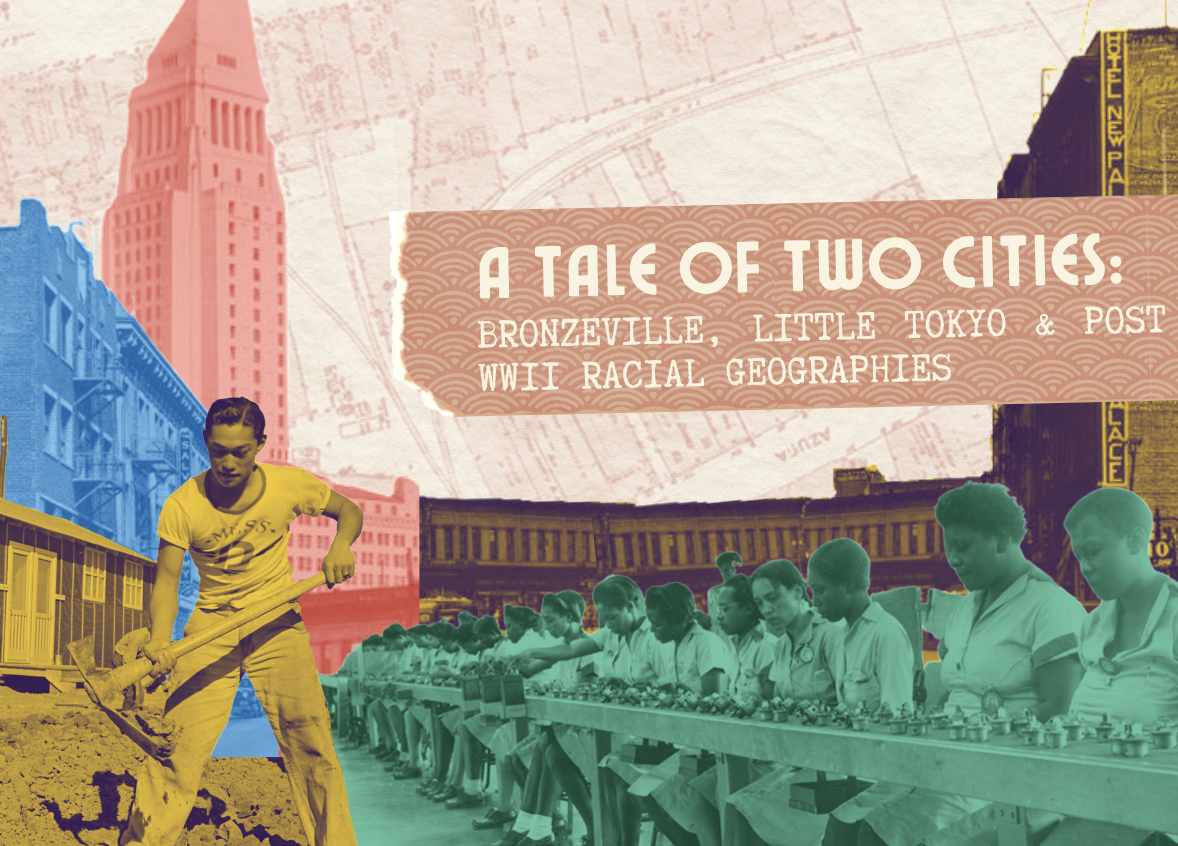OBJECTIVES:
- Engage with a key text to explore the impact of state-sanctioned displacement and Japanese
- Incarceration on a community within Los Angeles
- Conduct close reading to analyze the main points of a text
- Activate the archive by analyzing primary source documents to excavate their historical significance


